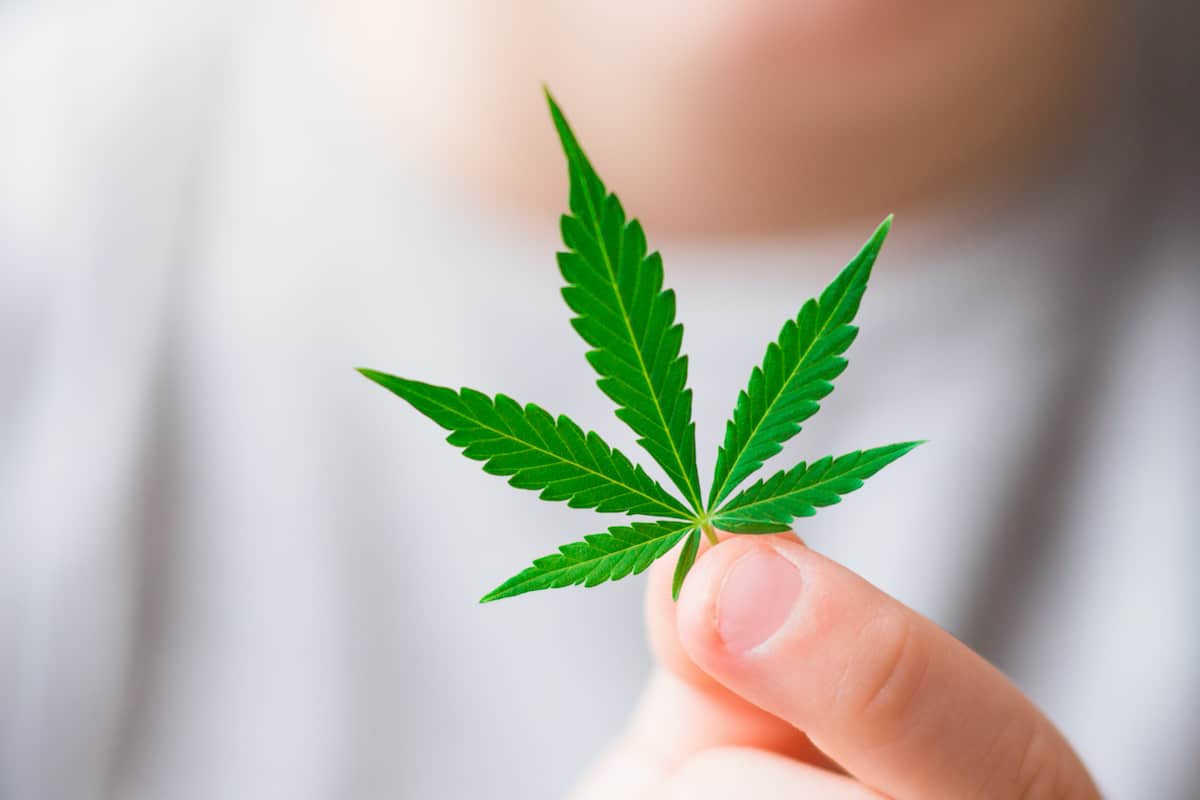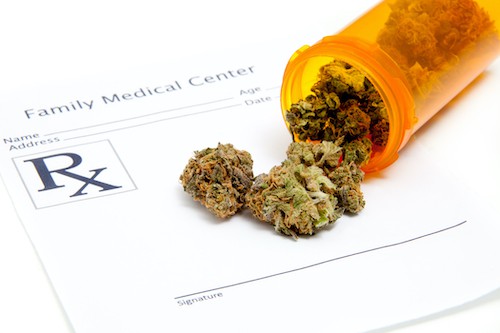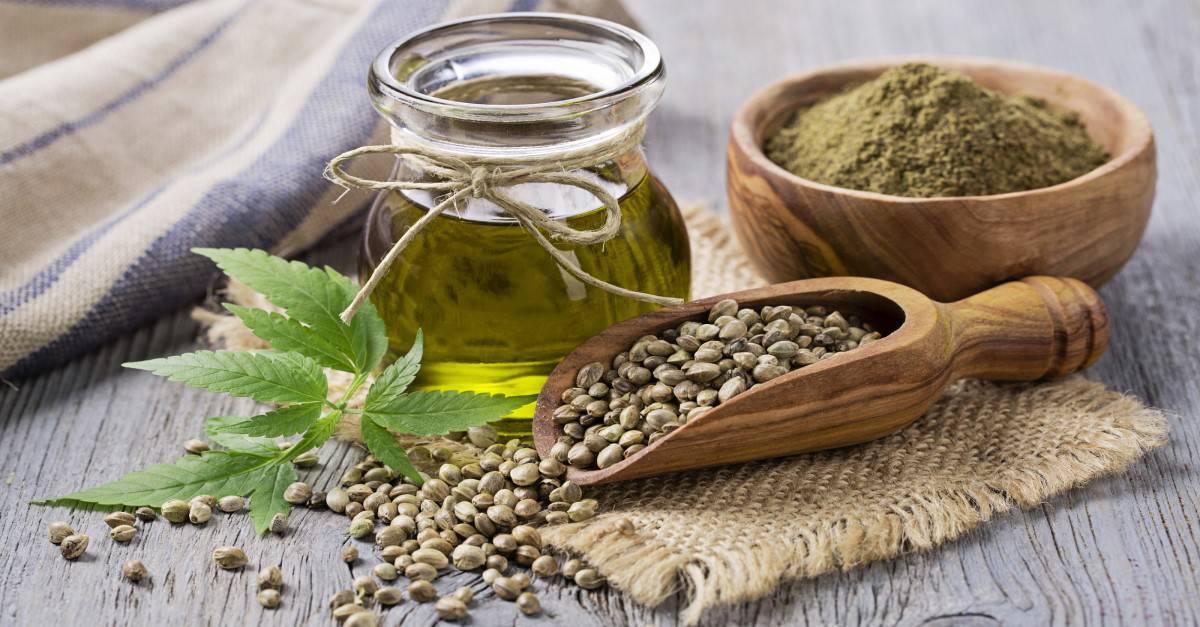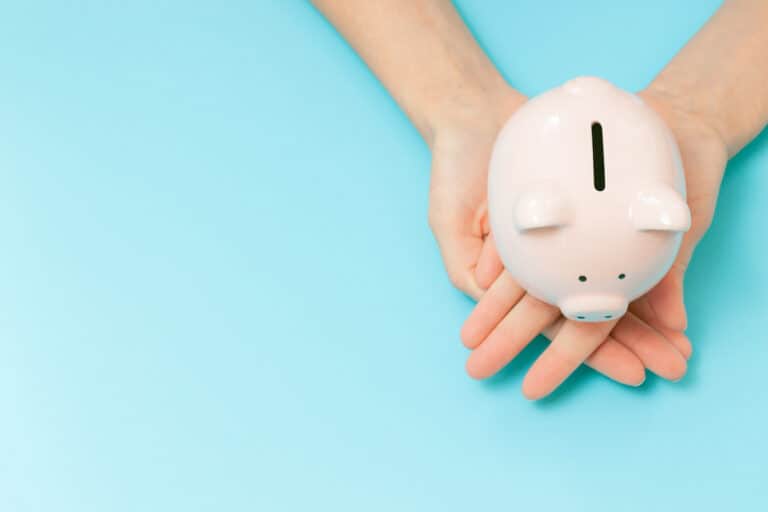Kids and Cannabis: What Do I Need to Know as a Parent?

How much do your kids really know about cannabis? And what do you need to know as a parent? Here are some pointers from Marriage and Family Therapist, Amelia Peck.
Kids and Cannabis
Dear Amelia,
I overheard my kids talking about other kids at their school who smoke marijuana. Their knowledge of it shocked me, and they spoke so casually about it! And what is CBD oil and why is it everywhere? I have little to no experience with smoking anything. So I’m concerned about what others are exposing my kids to when I’m not around. I hear so much of the recent news about vaping and the legalization of marijuana. But I have no idea how to approach this with my kids. Please help! — Eager to Learn
Dear Eager,
This is such an important conversation to be having. Among parents, among teachers, kids, everyone. There is a surplus of information circulating about cannabis. The assumptions about its benefits and lasting impact are very anecdotal and not have the backing of research in a way that would comfort you with your kid’s experimenting. Lesson one of the research articles: look at who is funding the research. While studies also haven’t completely drawn the conclusion of “never use this,” many professional circles comment that the results are “inconclusive.”
While cannabis is a huge topic, I don’t think I could cover every point, but these nuggets of information will help get you started. That way, you’ll know where to dig deeper.

Medical Marijuana
While the more common topic around elections now is around recreational marijuana (or cannabis), medical marijuana is legal in many states, which can give the idea that it is safe and that doctors are okay with people using it. While there are prescribers who offer this, it does not make use of it a free for all. The use of medical marijuana and cannabis use disorder (per Diagnostic Manual V) is not the same thing. Just as any medication is prescribed to a patient, it is also prescribed with dosage and frequency guidelines.
A cannabis use disorder, which based on diagnostic criteria met can be classified as mild, moderate, or severe, would pertain to a situation when someone is using the substance, not prescribed, and as a means to cope and adapt to their environment. Because of legal restrictions, many obtain it through illegal means. There’s no standard regulation, either. Cannabis is frequently laced with other substances. Many times, the people using it have no clue how the product originated, or what exactly they’re smoking.
Trends with Teens and Cannabis
Many kids still smoke cannabis leaves in rolled joints, but other smoking trends play a role. Concentrates, also known as dabbing, are very popular now. It is much stronger than traditional smoking and one hit dabbing is the equivalent to smoking an entire blunt. Think of it this way, with dabbing, “just a dab will do ya!”
As a parent, it’s good to know the paraphernalia that comes with dabbing. Wax, butter, shatter or crumble also refer to dabbing, so you might hear those terms, too. Vape pens that have empty cartridges are useful for smoking concentrates because kids can cut the wax-like concentrate with vegetable glycerin to prep it for their vape cartridge. It can also be smoked in pipes and bongs as it’s heated and melted into its more liquid form.
A great resource for knowing more about what to look for if you are worried your child may be involved with smoking or dabbing is Tall Cop Says Stop. He is a retired police officer that now offers training around the country. His Facebook page has great videos of what to be mindful of as a parent and images of paraphernalia so you can stay educated and current with trends.

Cannabis Safety
The contamination of “street” bought cannabis is a major safety and health concern. Even in products like kratom that are legal and sold in many convenience stores, there are reports of traces fentanyl. Fentanyl is a narcotic that is linked to the spike in overdoses that happened in 2015. Best known for being found in heroin, it’s now being found in cannabis and other substances like cocaine and, as stated, kratom. This may seem “dramatic” to a teenager that likes to get high with their friends on the weekends. However, it is good to let them know what it is and that an incredibly small amount can lead to a lethal overdose if their system has not built up a tolerance to the intensity of that substance.
If your child is smoking cannabis, or you suspect they are, acquire some naloxone, or Narcan, to keep in your home. You can get it at drug stores and pharmacies and often your insurance will cover a portion of it. There are also many types of training offered throughout the country that often supply a case upon completion.

CBD Oil
CBD oil is everywhere. It was even a potential service enhancement for my haircut a few months ago! Cannabidiol (or CBD oil) is the component of the cannabis plant that does not contain THC (Tetrahydrocannabinol), the psychoactive ingredient that leads to getting high. However, each state has its own guidelines and many allow some percentage of THC in their CBD oil. While CBD oil on its own may not be problematic, the challenge I see is that mental connection with the product and its use to cannabis in general and how that can lead to the use of cannabis with THC.
The Social Game
For many adolescents, what happens before a biological addiction and a substance use disorder develops, is smoking cannabis in any form often is a big part of a kid’s social experience and to give up smoking means to give up their social circle. This is the big challenge for many kids over simply giving up weed. In a stage of life where acceptance and social inclusion carry a major weight in decision making, if they have found comfort and friendship with peers who are also using it can be hard to get out.
It’s wonderful that you want to educate yourself and talk about this with your children. It’s so important that you do, and addressing it and telling your kids your feelings about it and standards and rules in the home about substance use is a good conversation to have before things even start. Always be willing to keep yourself educated. Look into state lobbyists for and against medical and recreational use of cannabis so that you can continue to learn about the culture in your state and how it may change in the near future. Knowledge and willingness to openly talk about things like this with your kids are valuable! Keep with it!





